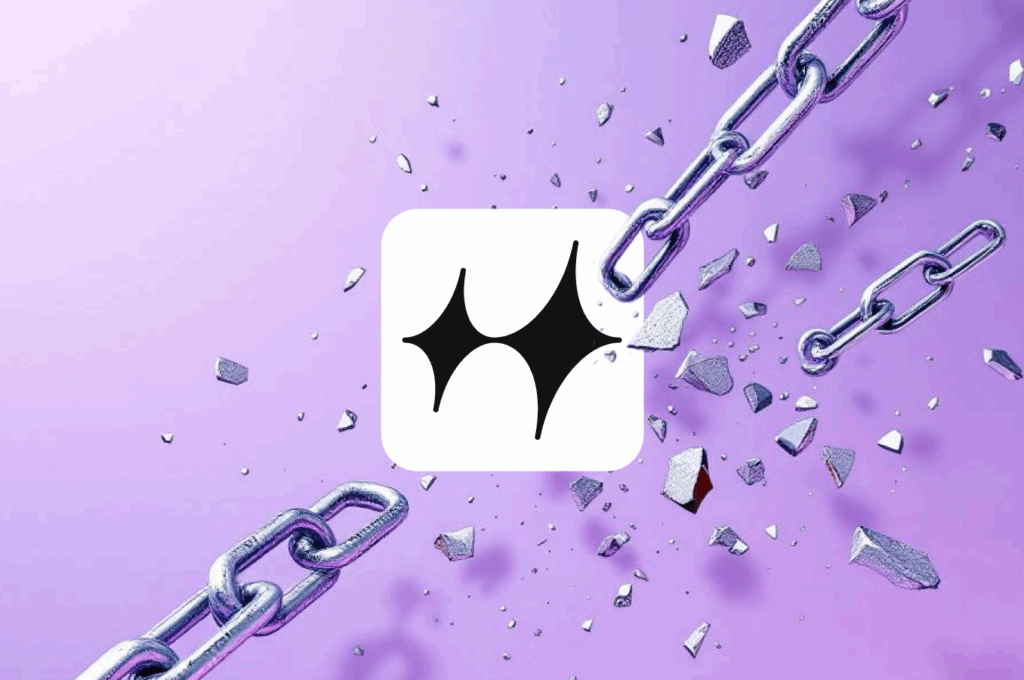Where Lock-In Really Happens
A risk map across the AI stack shows just how many doors can quietly close behind you:
- Data layer: Non-exportable embeddings, proprietary vector schemas, metadata that can’t be recreated.
- Model layer: Fine-tunes and adapters you can’t take with you; vendor-specific safety filters.
- Tools & agents: Closed assistant APIs, proprietary orchestration runtimes.
- Workflows: Visual builders that don’t export workflows as code/specs.
- Infrastructure: High switching fees, incompatible APIs, hidden migration costs.
The effect? You lose flexibility, costs creep upward, and innovation slows because you’re constrained by what your vendor allows.
Regulators Are Raising the Bar
The regulatory environment is making portability a compliance expectation:
- EU Data Act (2027) bans switching fees and requires structured, machine-readable exports.
- EU AI Act (2025–2027) will make single-vendor dependencies harder to justify, especially for high-risk AI.
- NIST AI RMF and ISO/IEC 42001 emphasize supplier oversight, interoperability, and lifecycle controls.
In other words: lock-in isn’t just a commercial risk anymore—it’s becoming a regulatory red flag.
SMEs vs Enterprises: Different Exposures, Same Trap
SMEs often adopt turnkey suites that bundle chat, RAG, and workflows. Fast to start, but near-impossible to exit. Switching costs are relatively higher, making early lock-in especially damaging.
Enterprises have more leverage but face deeper integration risks. AI assistants tied to ERP, CRM, or ITSM systems, and bespoke fine-tunes that can’t be exported, create “data gravity” that makes change costly.
In both cases, the result is the same: reduced control and future headaches.
How to Mitigate Lock-In
Best practice combines architecture, contracts, and governance:
- Architecture: Use open standards (MCP for agents, documented vector schemas). Keep workflows as code. Build dual-vendor policies for critical processes.
- Contracts: Include clauses on portability, migration support, and alignment with the EU Data Act.
- Governance: Require vendors to align with ISO/IEC 42001 and maintain an “exit runbook” that’s tested annually.
This is no longer optional—it’s becoming part of procurement due diligence.
Hainzelman’s Open Approach
Hainzelman was designed with no lock-in as a core principle:
- Open modular architecture (HainzelStack) – Every layer (data, agents, workflows, models) is swappable.
- Standards-based interoperability – Built on protocols like MCP and A2A to ensure portability and agent collaboration.
- Hosting freedom – EU cloud or on-premise deployment. Data sovereignty and GDPR compliance by design.
- Procurement-aligned design – ISO 27001 certified; roadmap aligned with EU AI Act requirements.
- Hybrid adoption path – Quick wins with ready-made apps, without locking you into proprietary workflows.
This means SMEs get a safe entry into AI without future traps, and enterprises gain a trusted partner that fits their compliance and governance frameworks.

